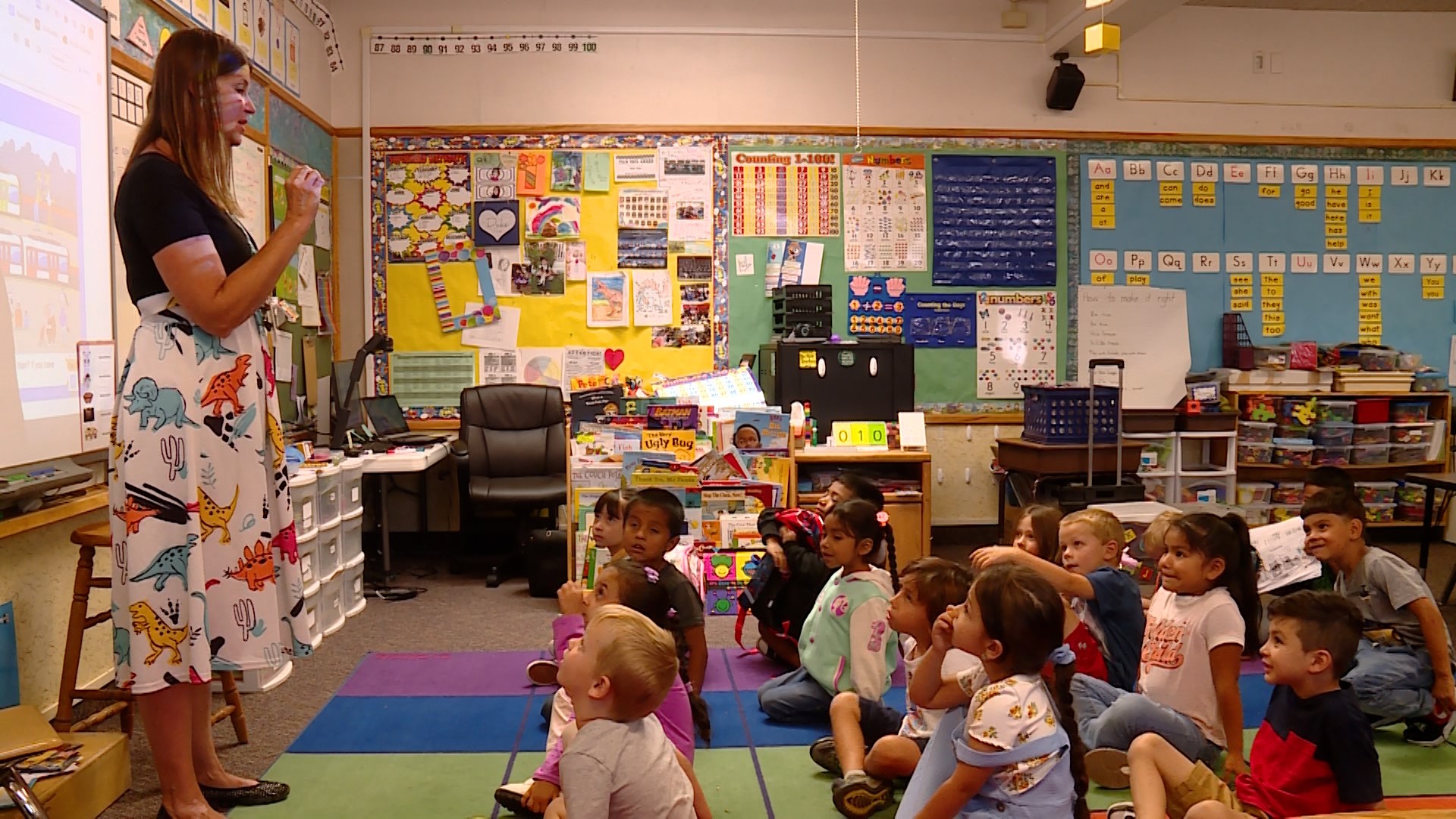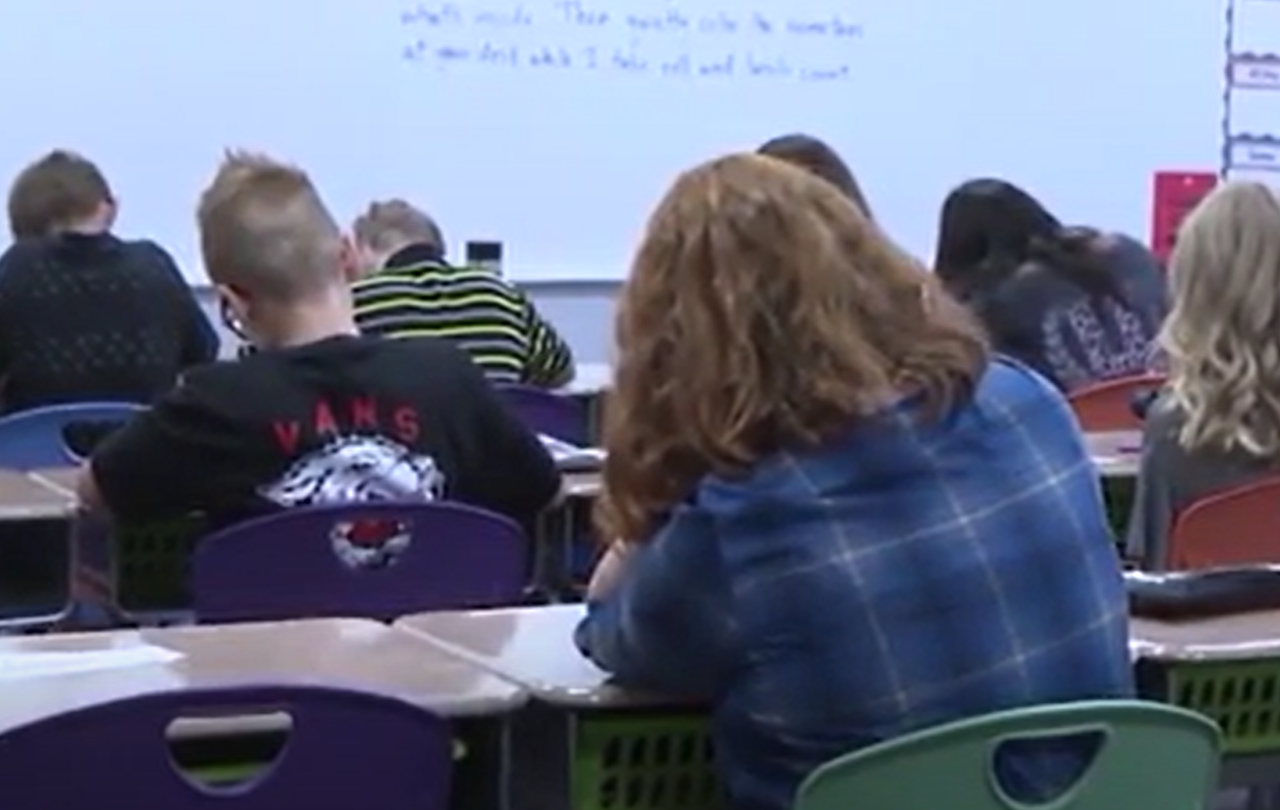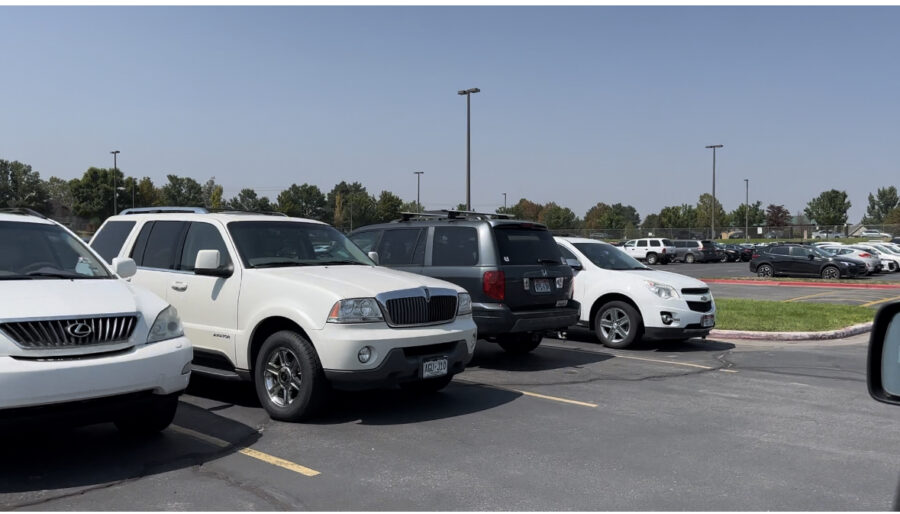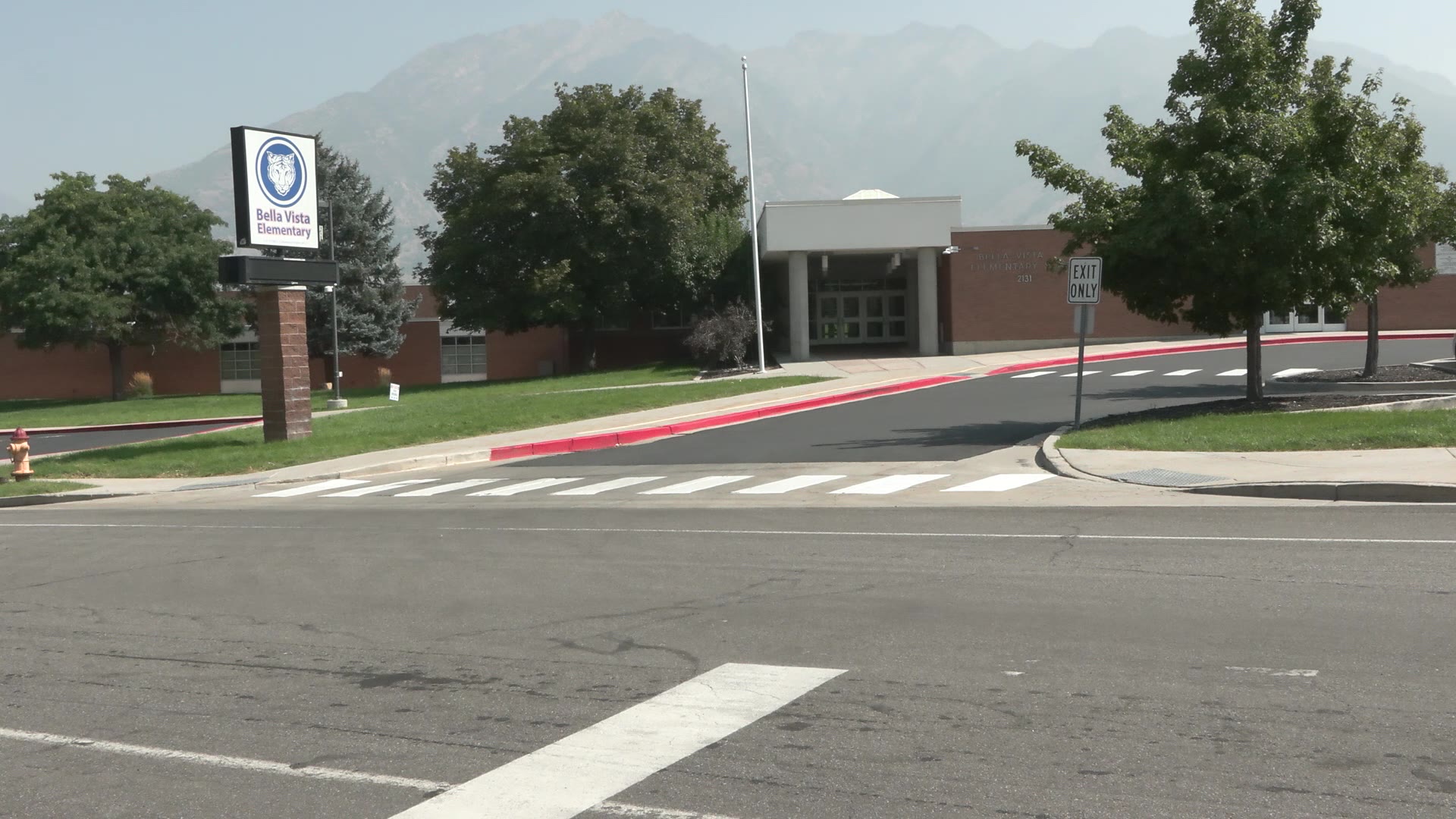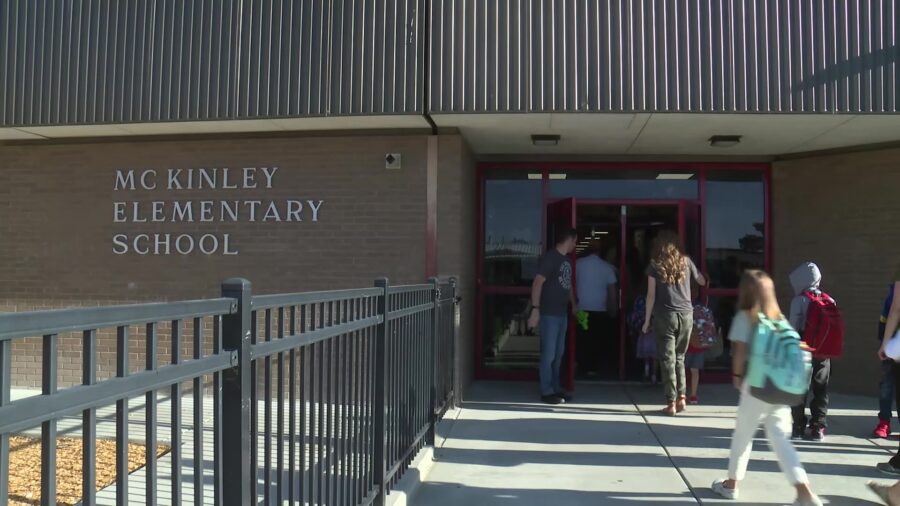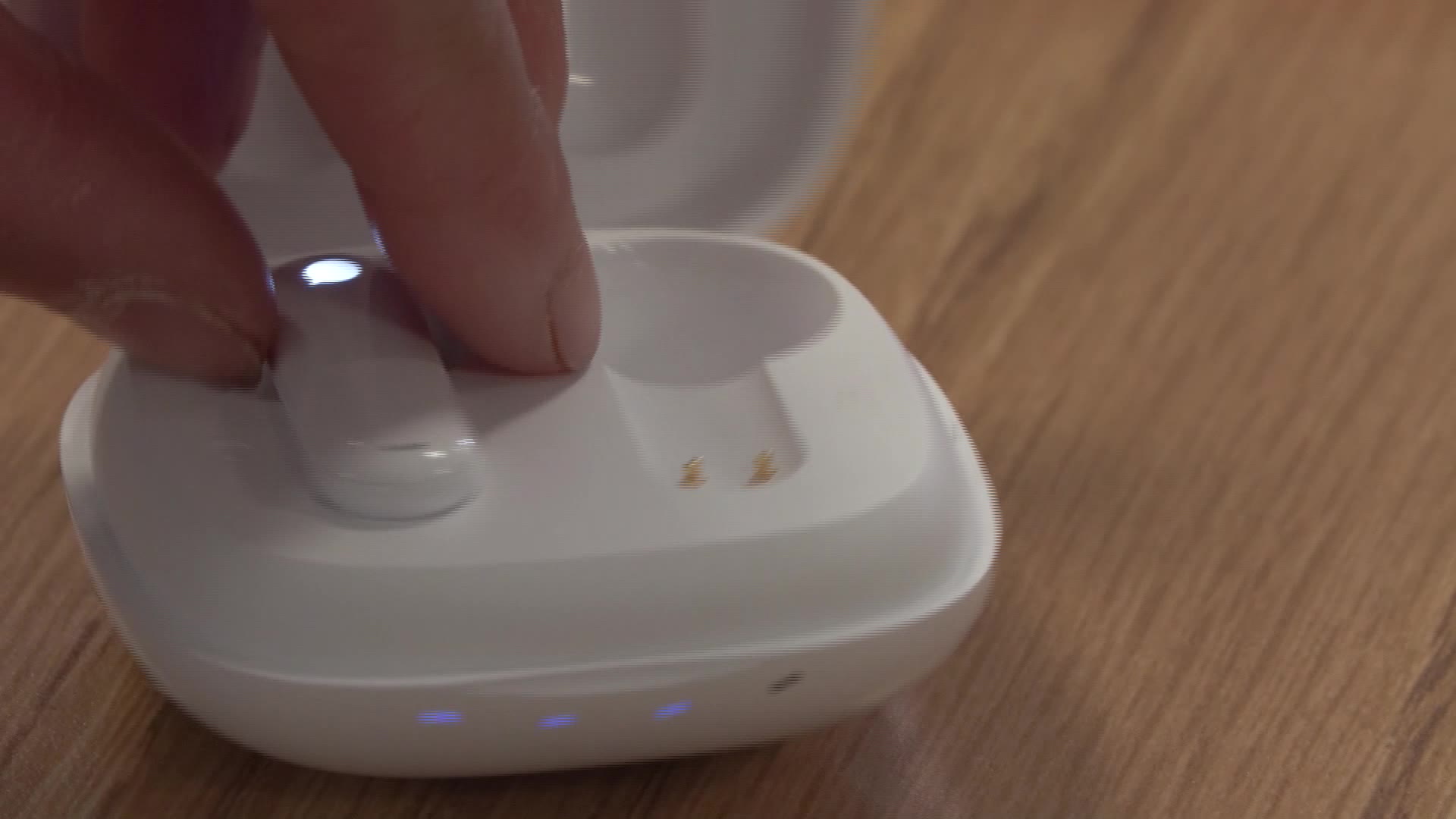State Revises Back-To-School COVID-19 Plan, Removes ‘Modified Quarantine’
Aug 6, 2020, 11:41 AM | Updated: 1:55 pm
SALT LAKE CITY, Utah – The state has revised its guidelines for returning students, teachers and employees to the classrooms during the pandemic.
Last week, the Utah Department of Health introduced a manual that provided guidance on how to prevent virus spread and what to do when someone in a school tests positive for COVID-19.
“The purpose of this manual is to provide recommendations on how to safely operate schools in the fall,” state epidemiologist Dr. Angela Dunn said at a Thursday press conference. “Schools and parents are not required to follow any of these recommendations but it does serve as a blueprint for schools as they make important decisions on how to safely reopen.”
Part of the manual included information on what’s called a “modified quarantine.” Under a modified quarantine, children who have been exposed to the virus could still attend school as long as they weren’t showing symptoms. The revised manual has removed term completely.
“The State Health Department Utah’s 13 local health districts and the Utah State Board of Education have received a lot of input since releasing the manual last week,” Dunn said. “And we’ve listened to that feedback.”
She said officials made changes to the manual that are still consistent with good public health practice.
“We are removing the recommendation that students and teachers be allowed to attend school while they’re on quarantine,” Dunn said. “Instead, we recommend that students and teachers follow standard quarantine practices and procedures.”
In a section titled “What is the difference between quarantine and isolation,” the guide specifies that students, teachers or employees who were exposed to COVID-19 “may be asked to quarantine for 14 days.” The document specifies close contact as “being closer than 6 feet from someone who has the virus for 15 minutes or more.”
Those asked to quarantine are advised to stay at home and avoid coming into contact with other people.
“You should not go to work, school, extracurricular activities, religious services, family gatherings, or other activities,” according to the revised plan.
“Everybody wants to make sure that teachers parents and students feel safe and are safe as they return to school,” Dunn said. “The prevention measures we all take – wearing face masks, practicing physical distancing, staying home when we’re ill and using good hand hygiene – will help us open up schools safely and keep them open.”
Read the full manual here:

